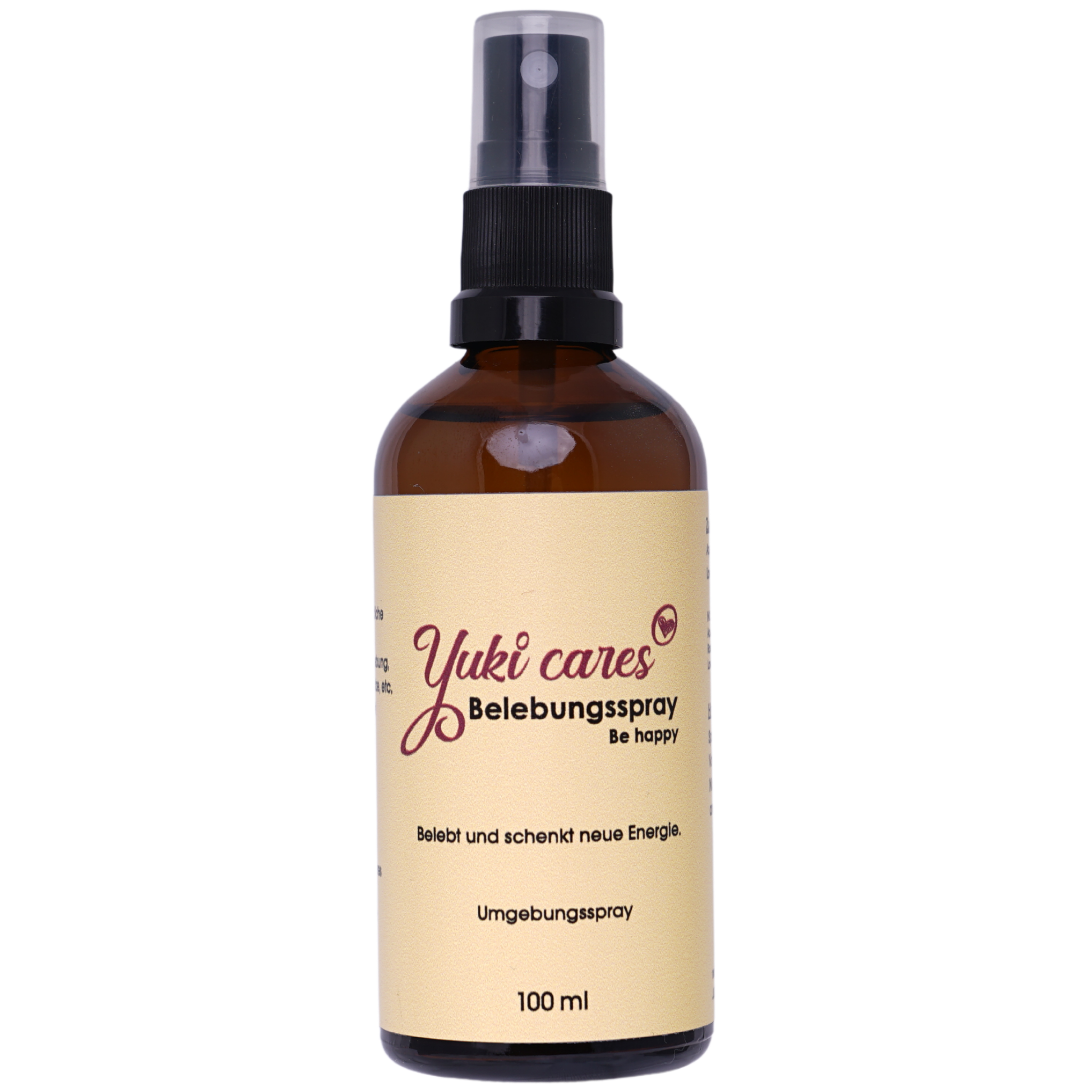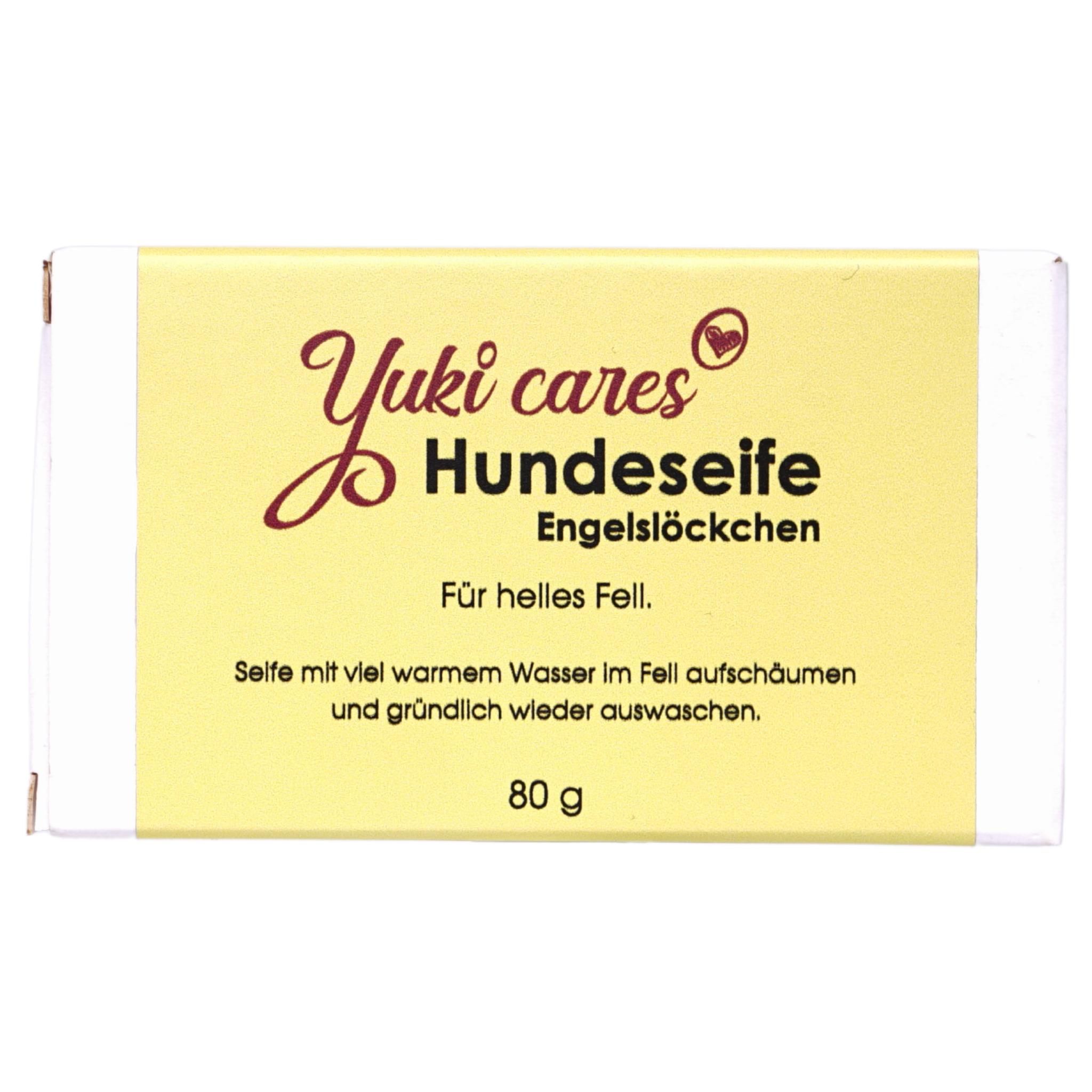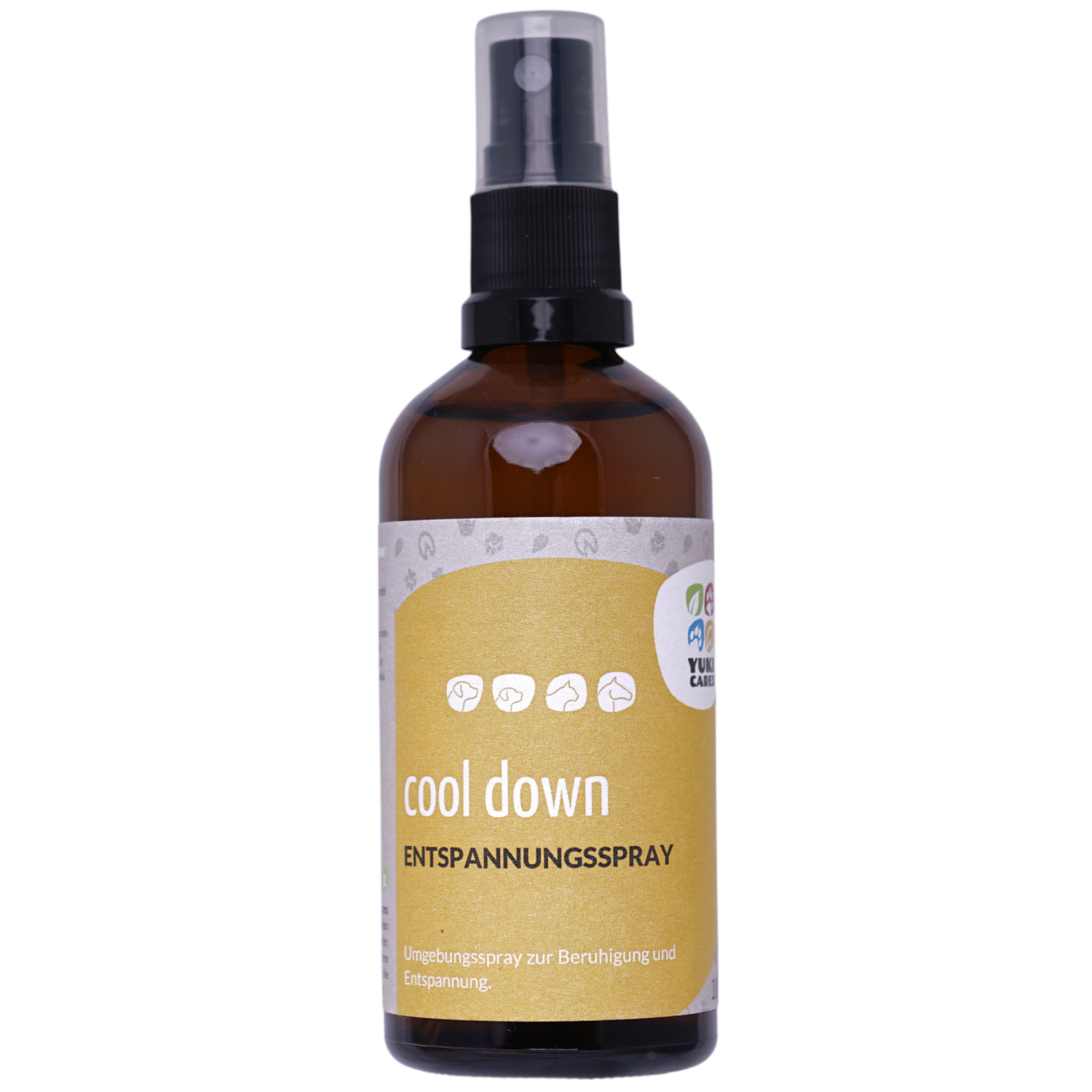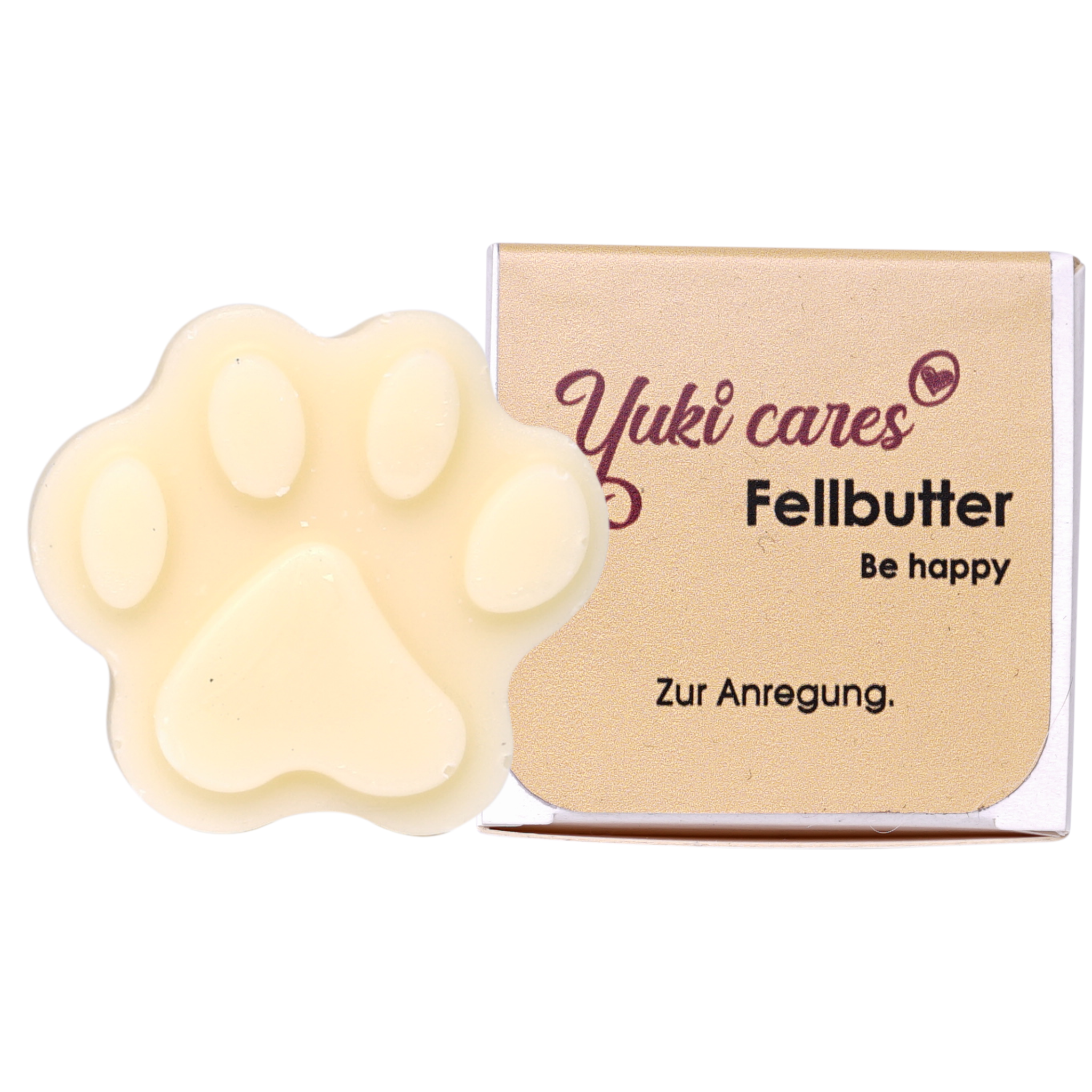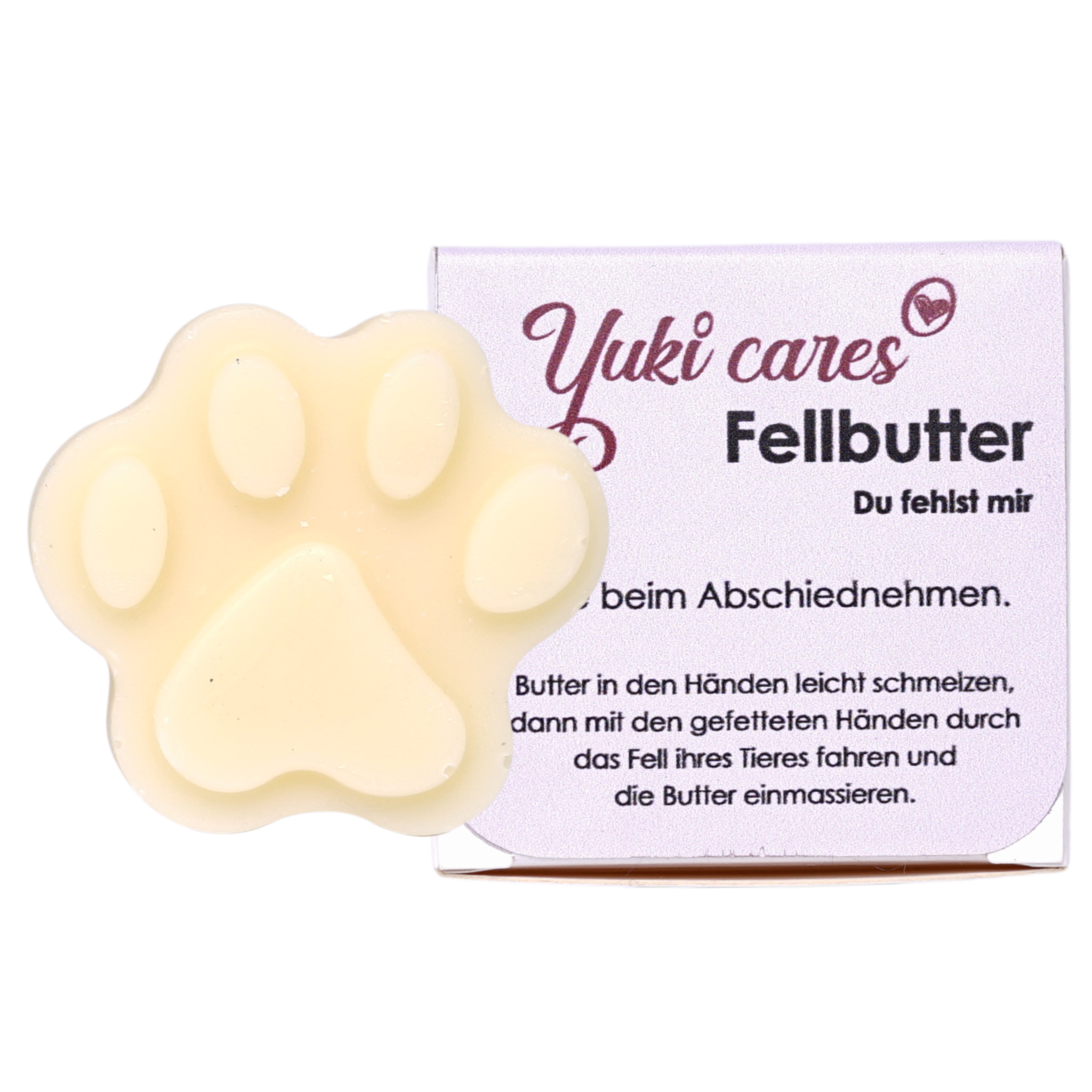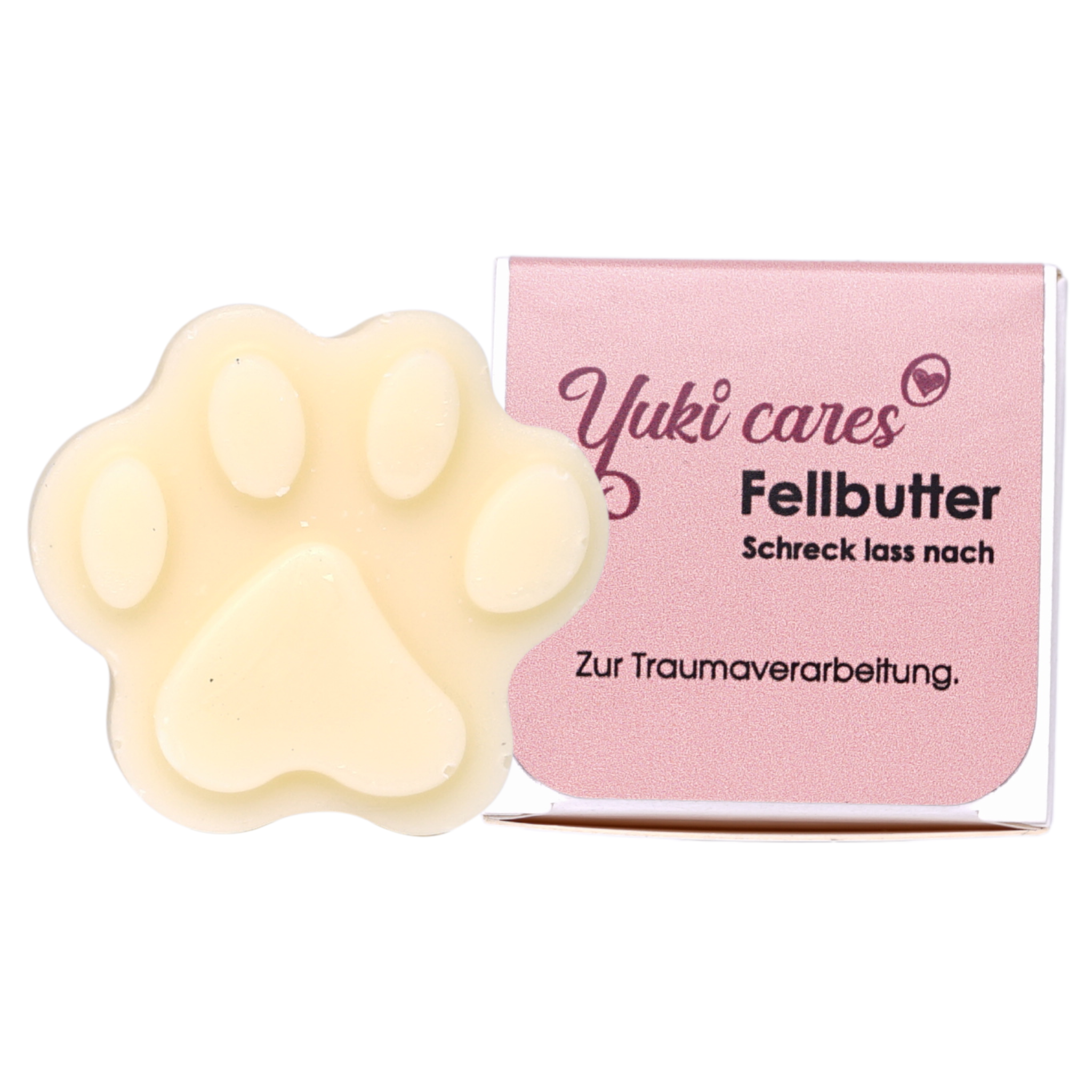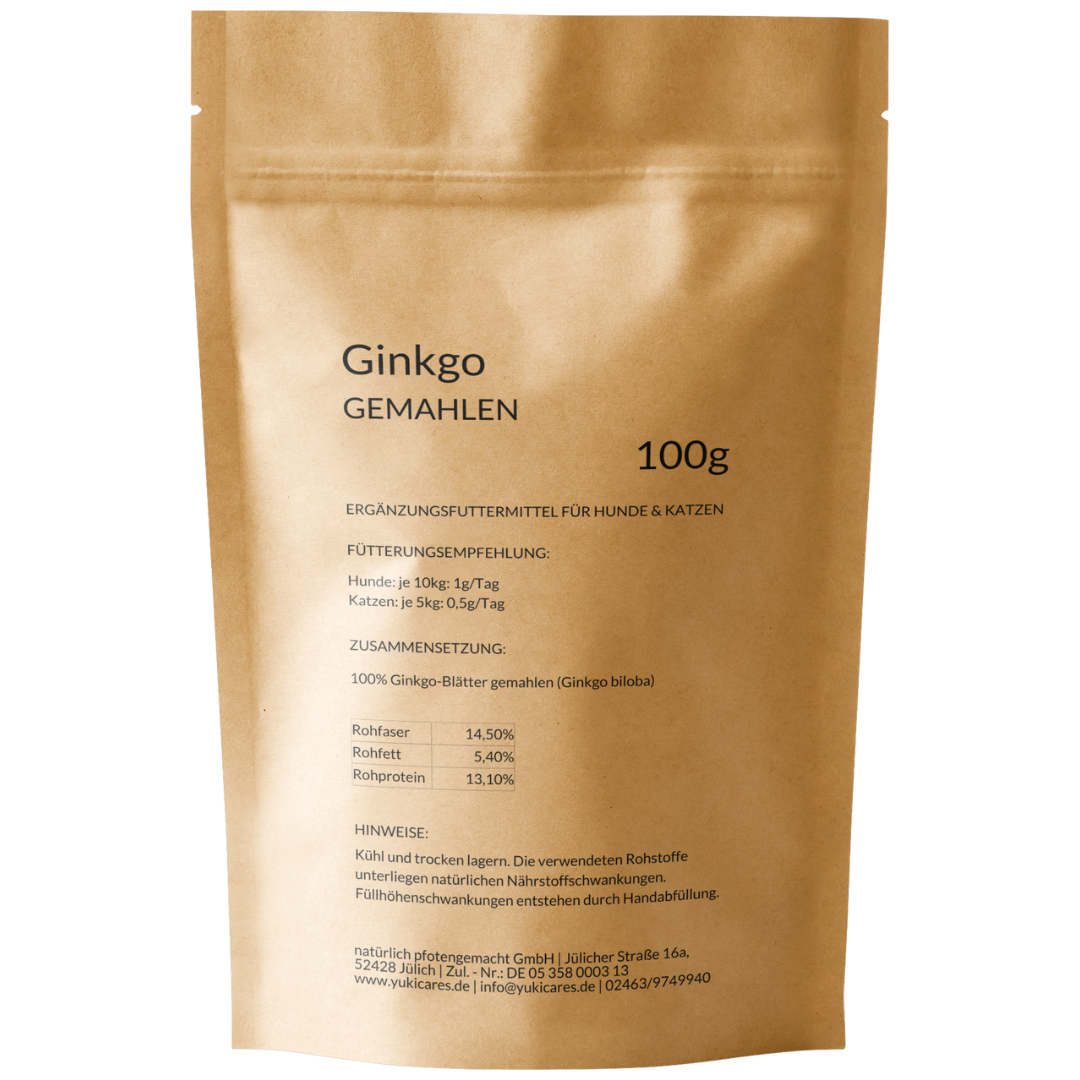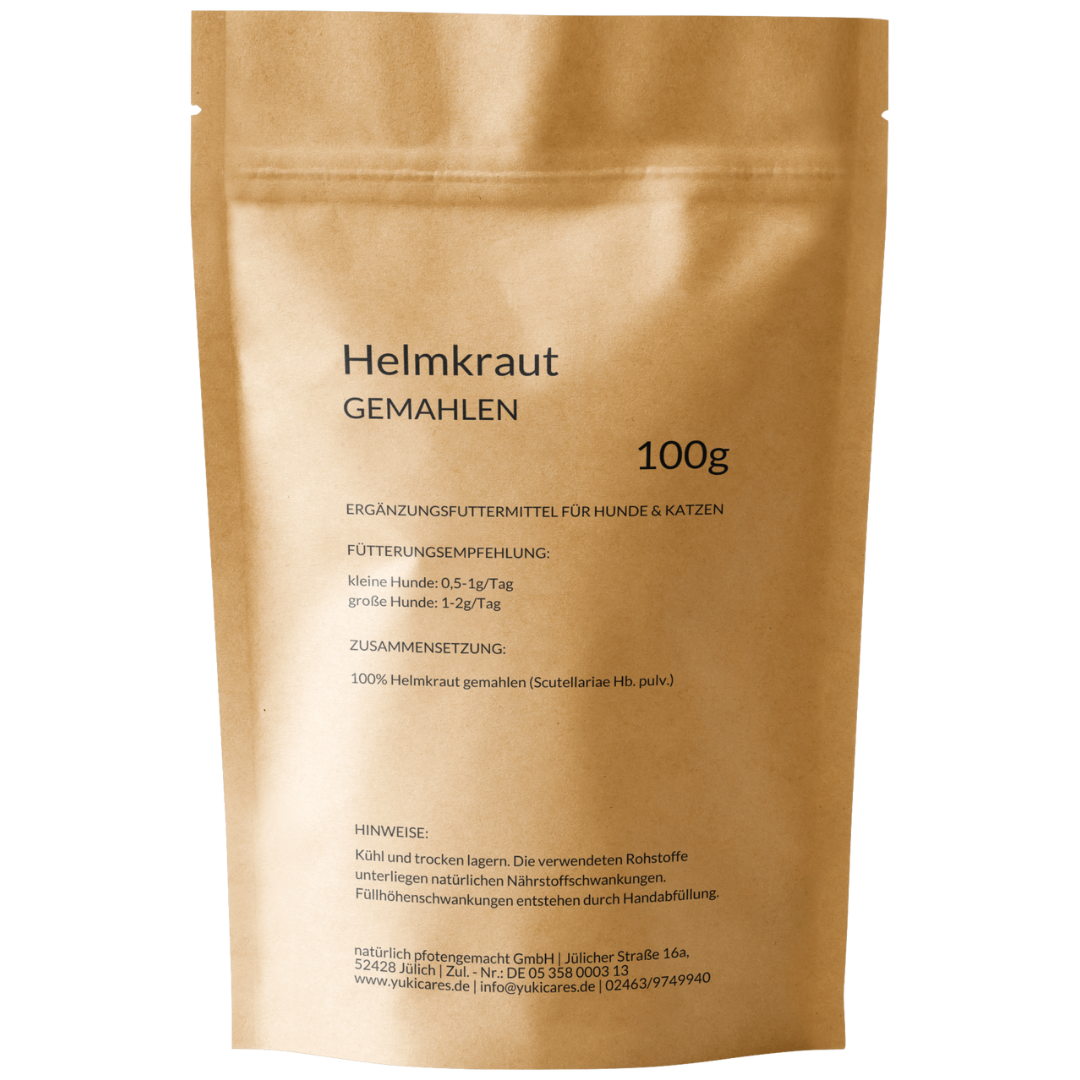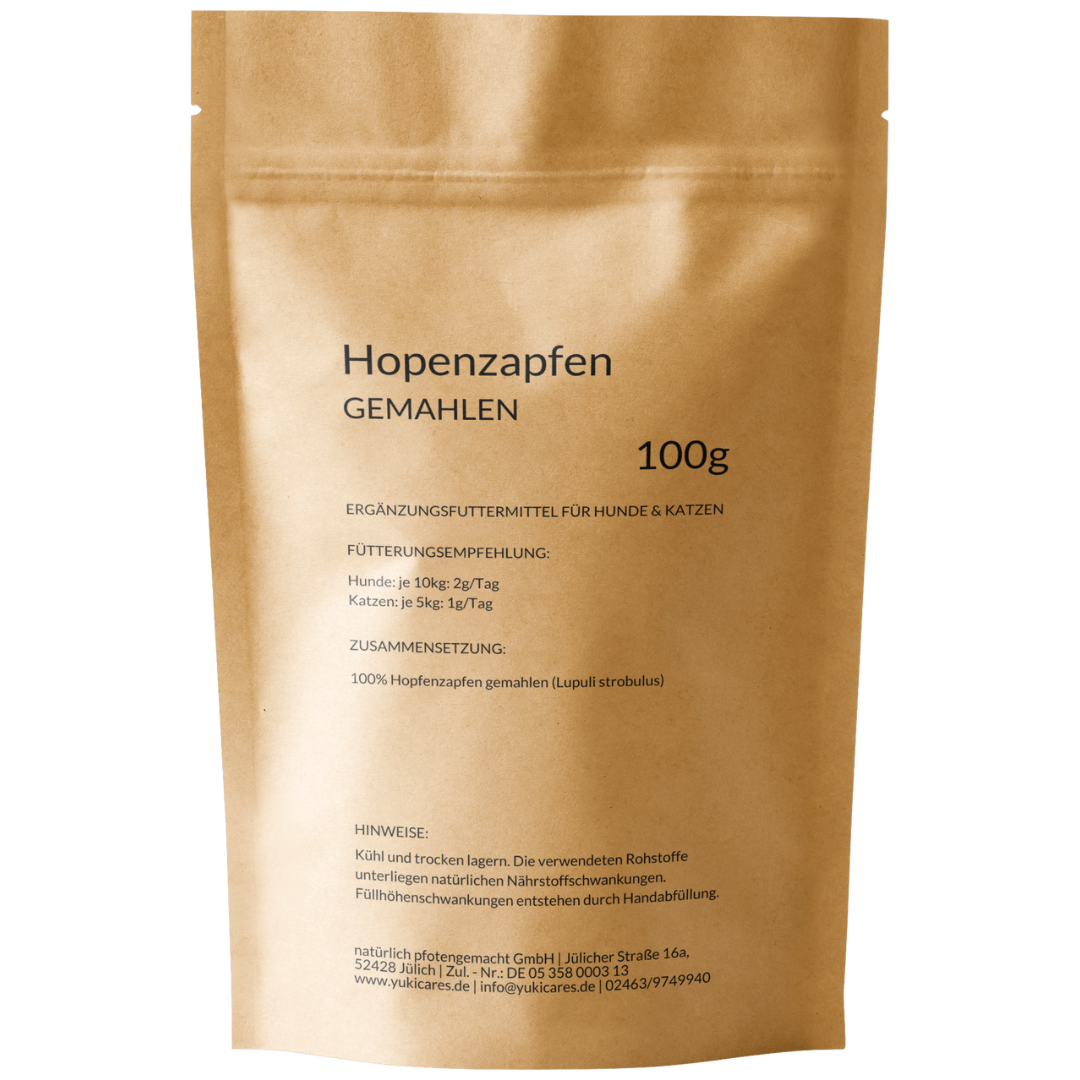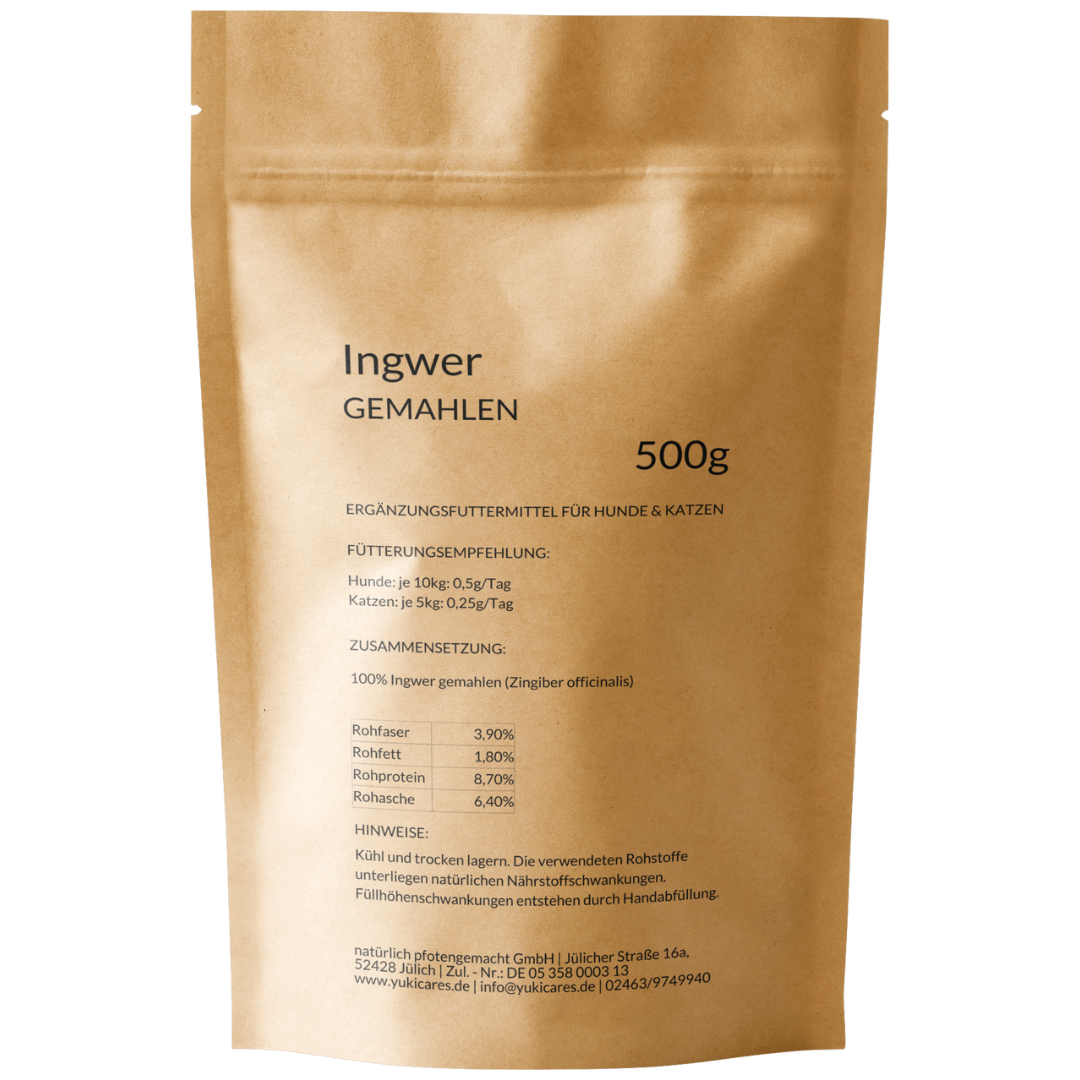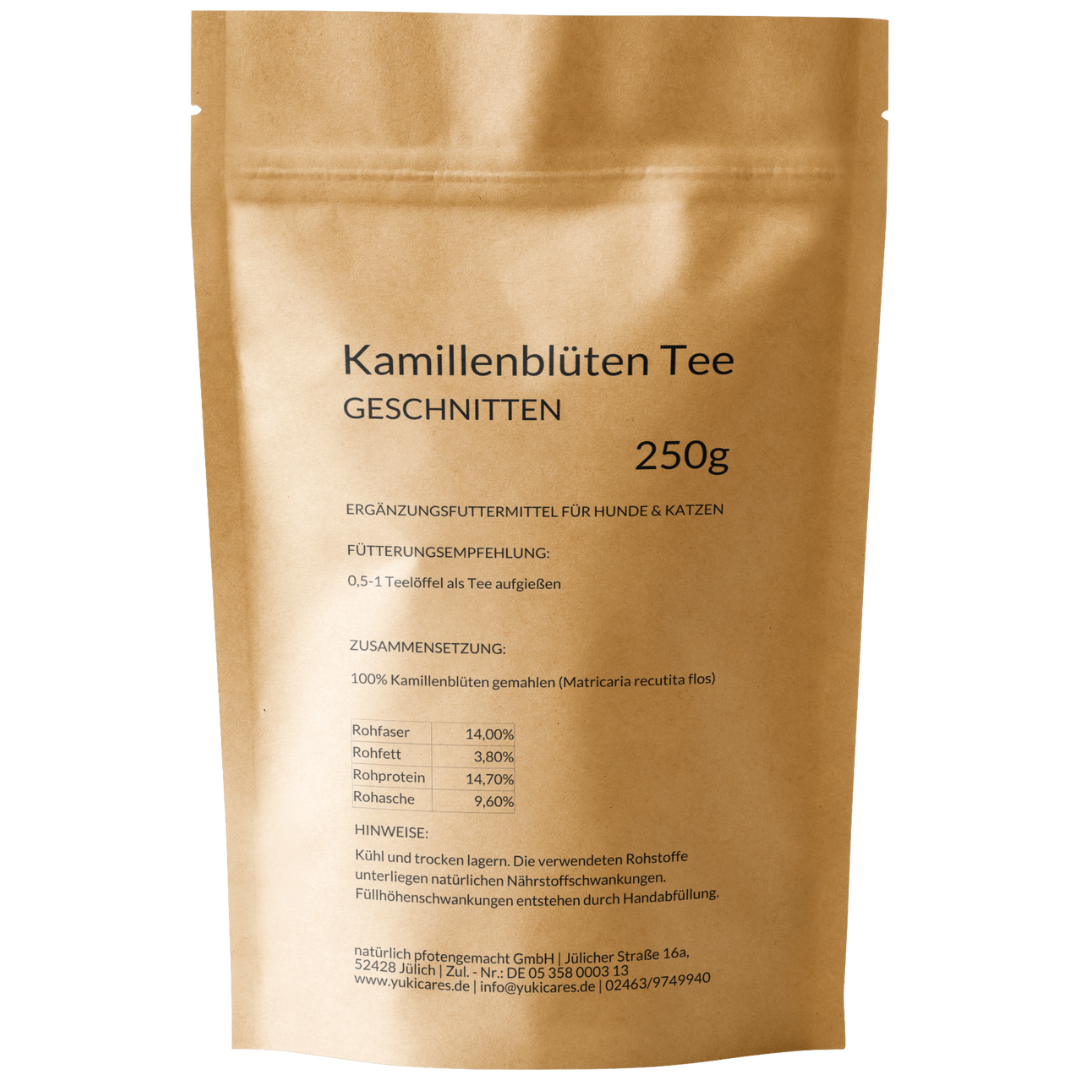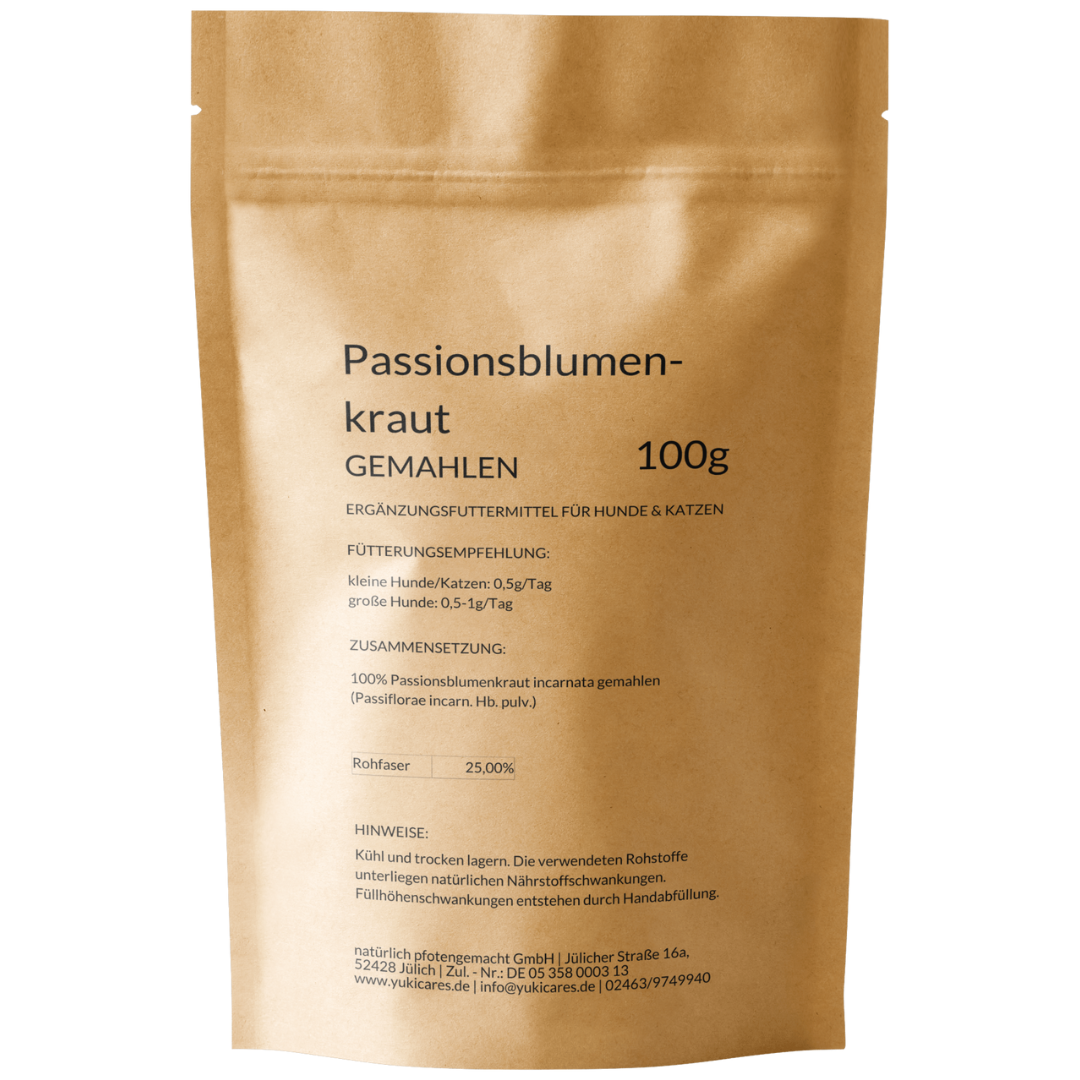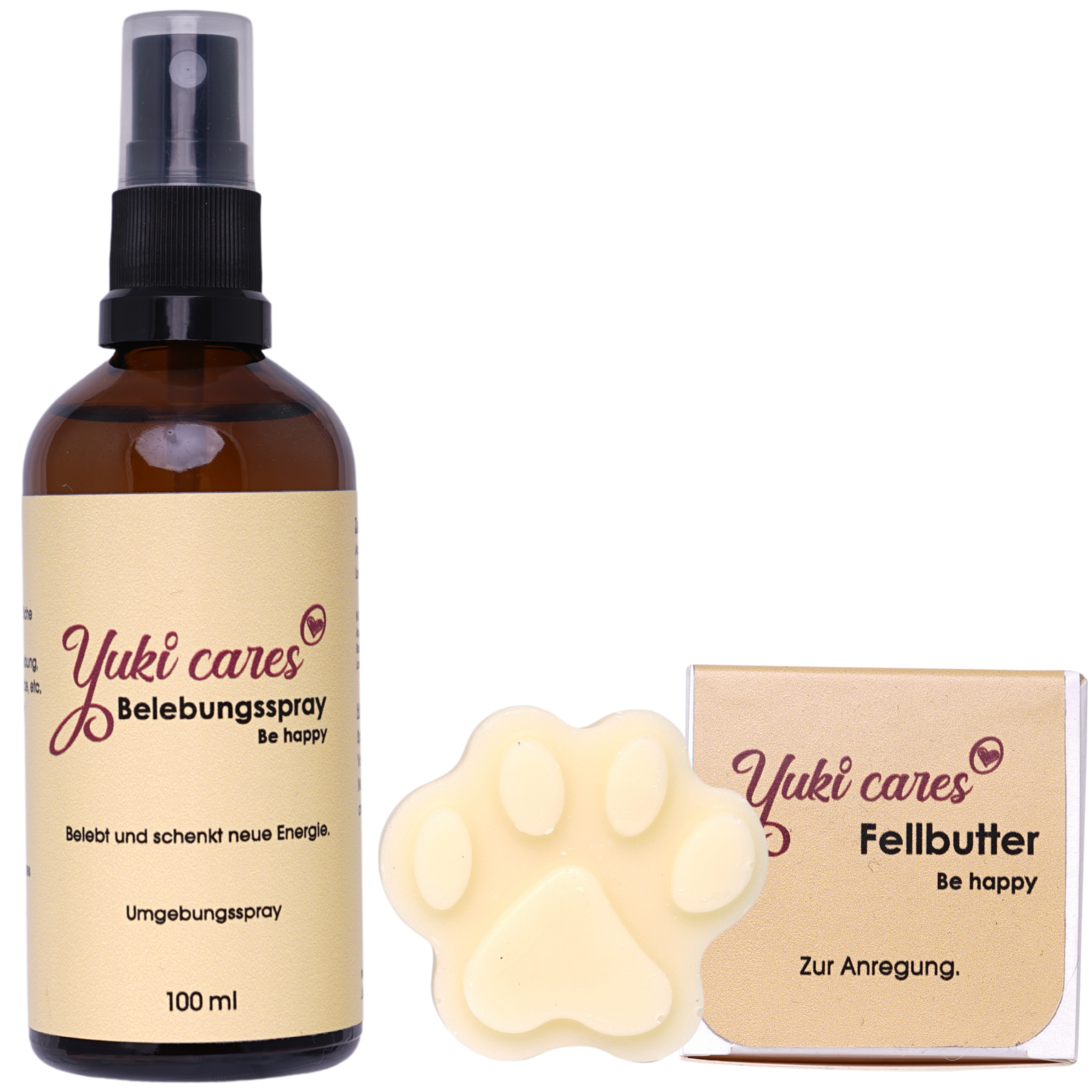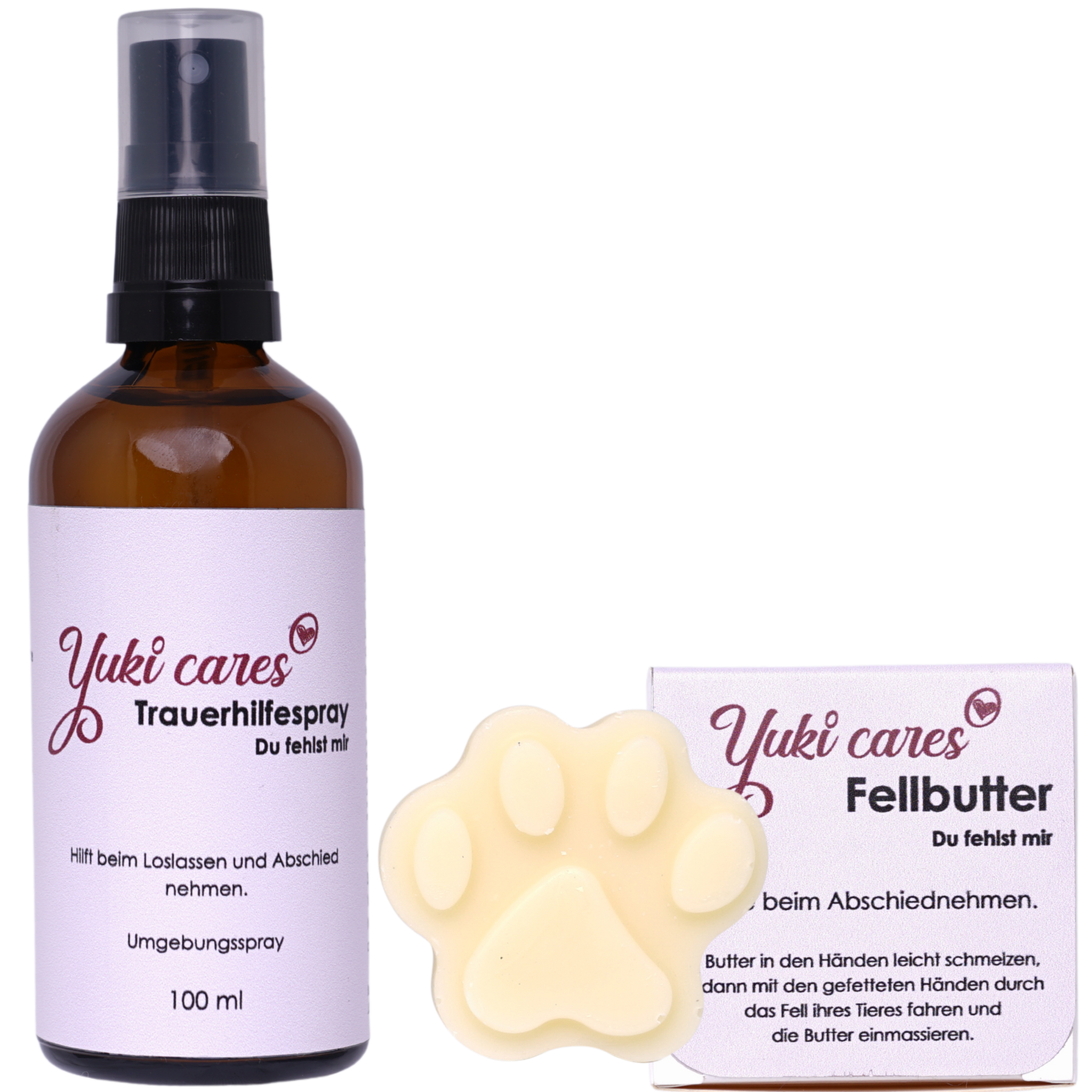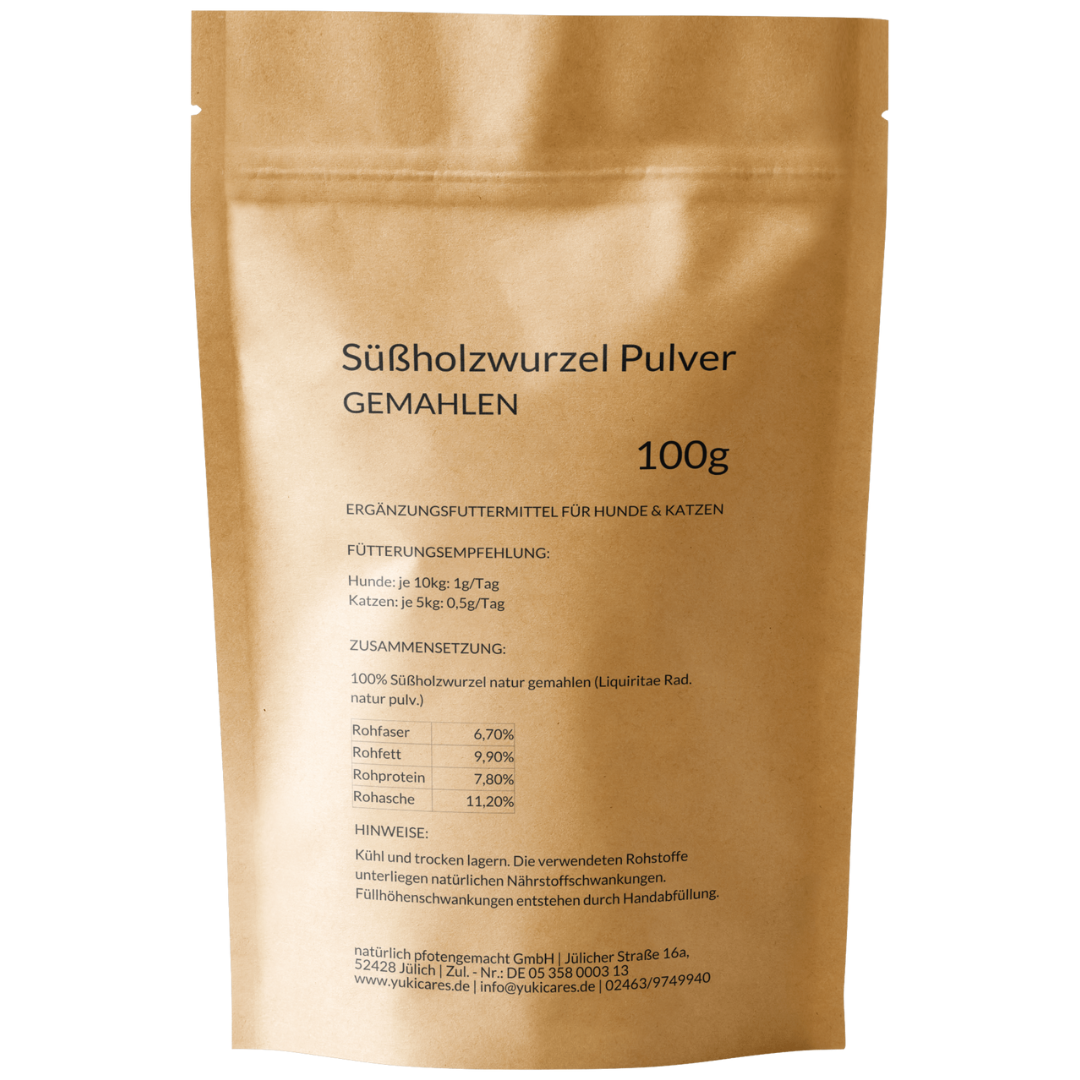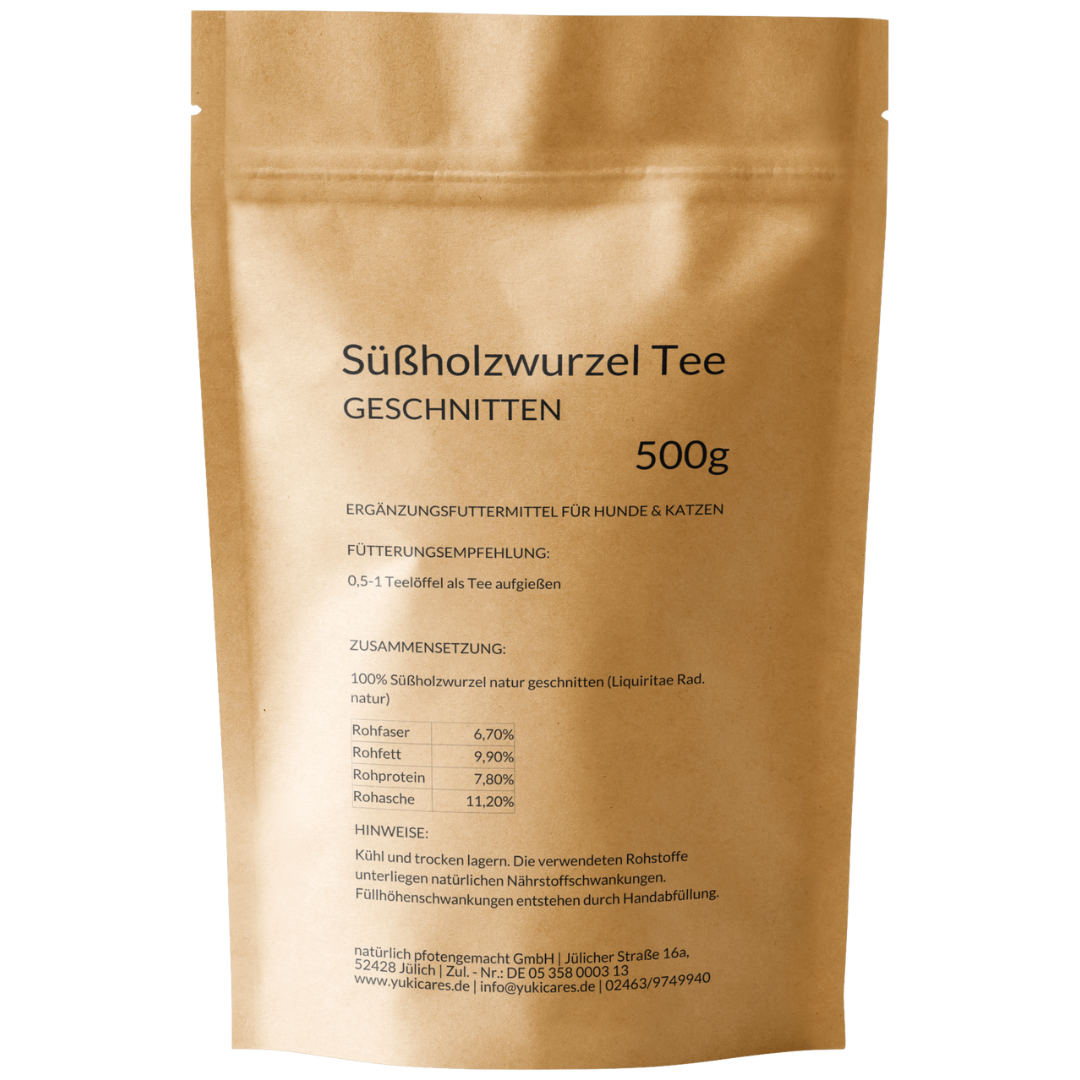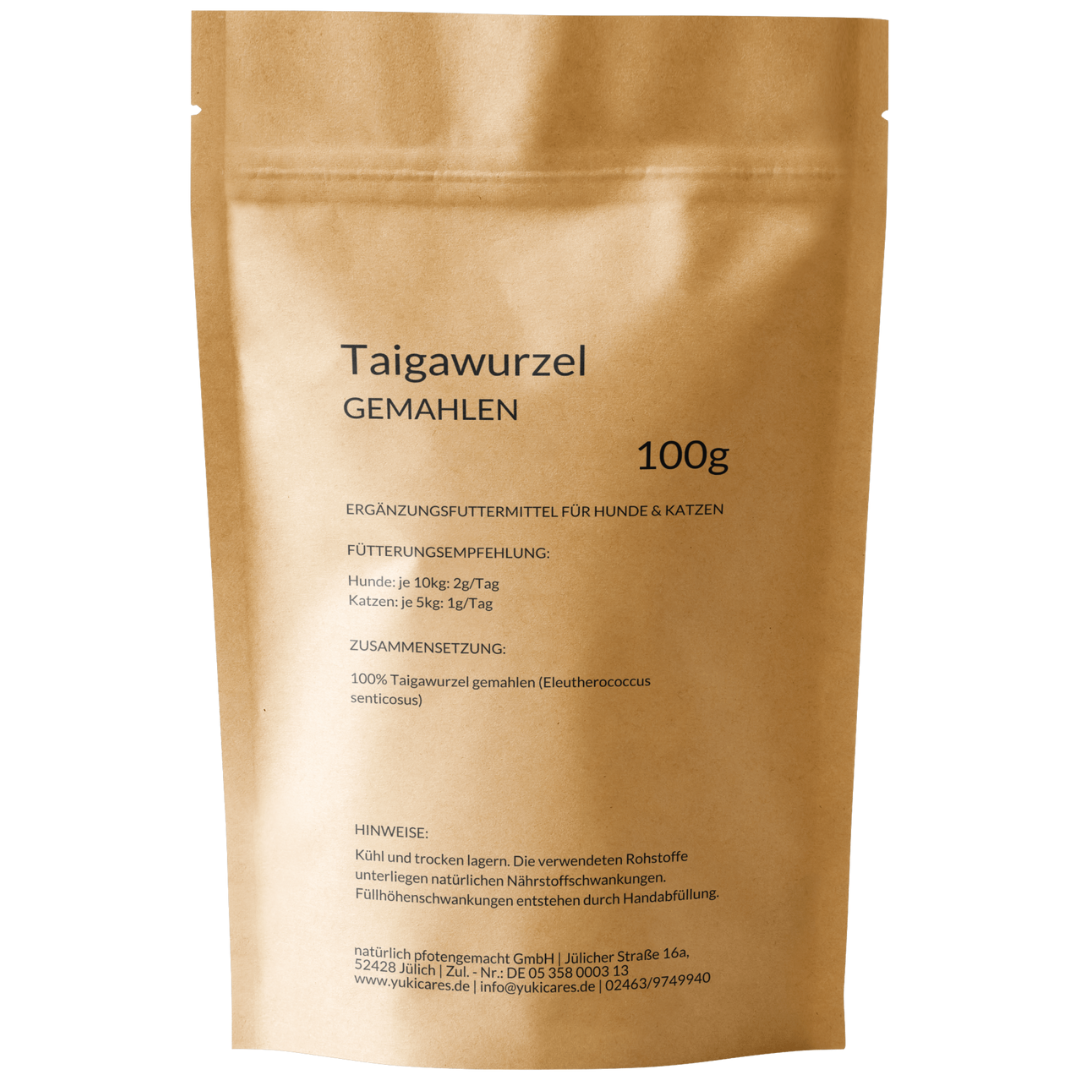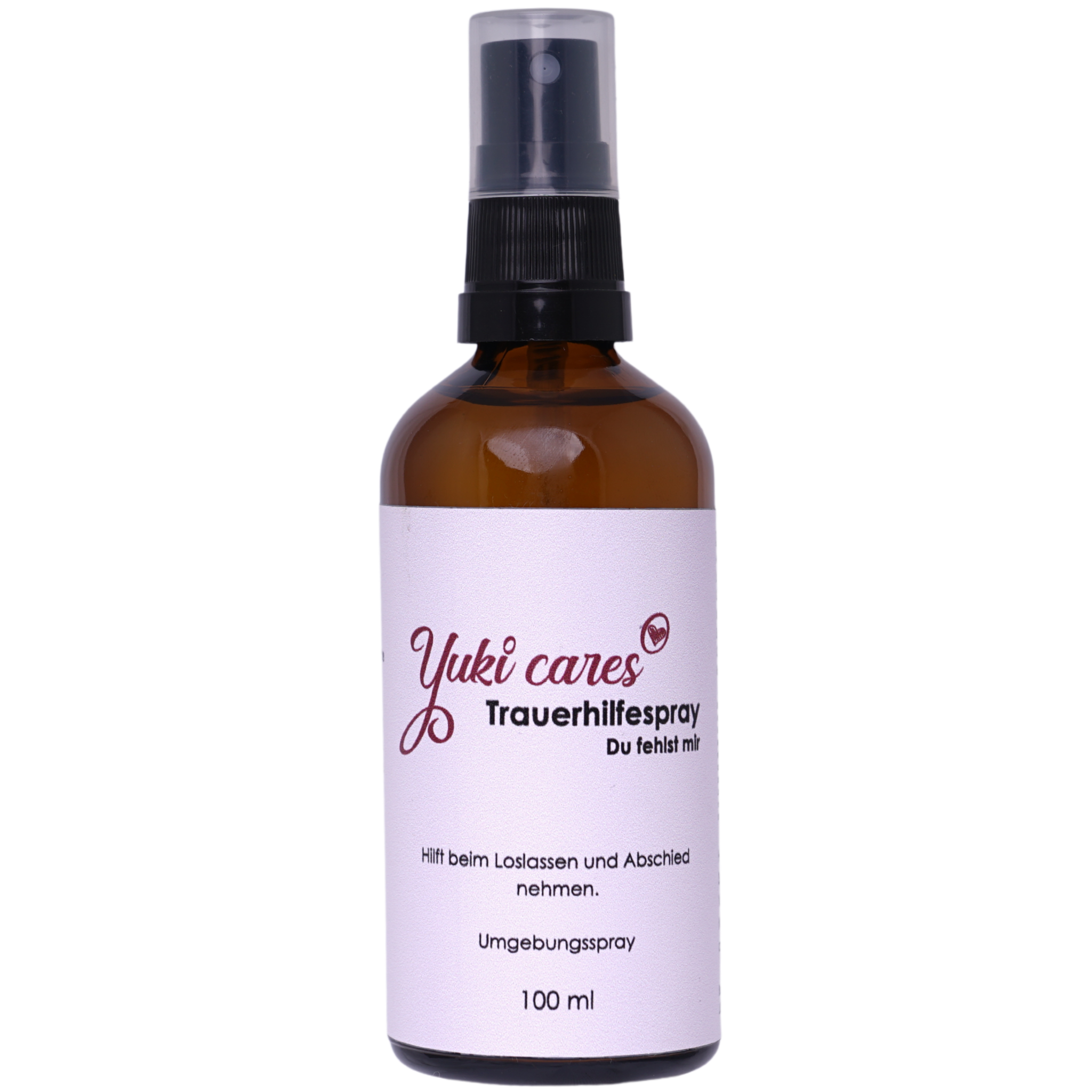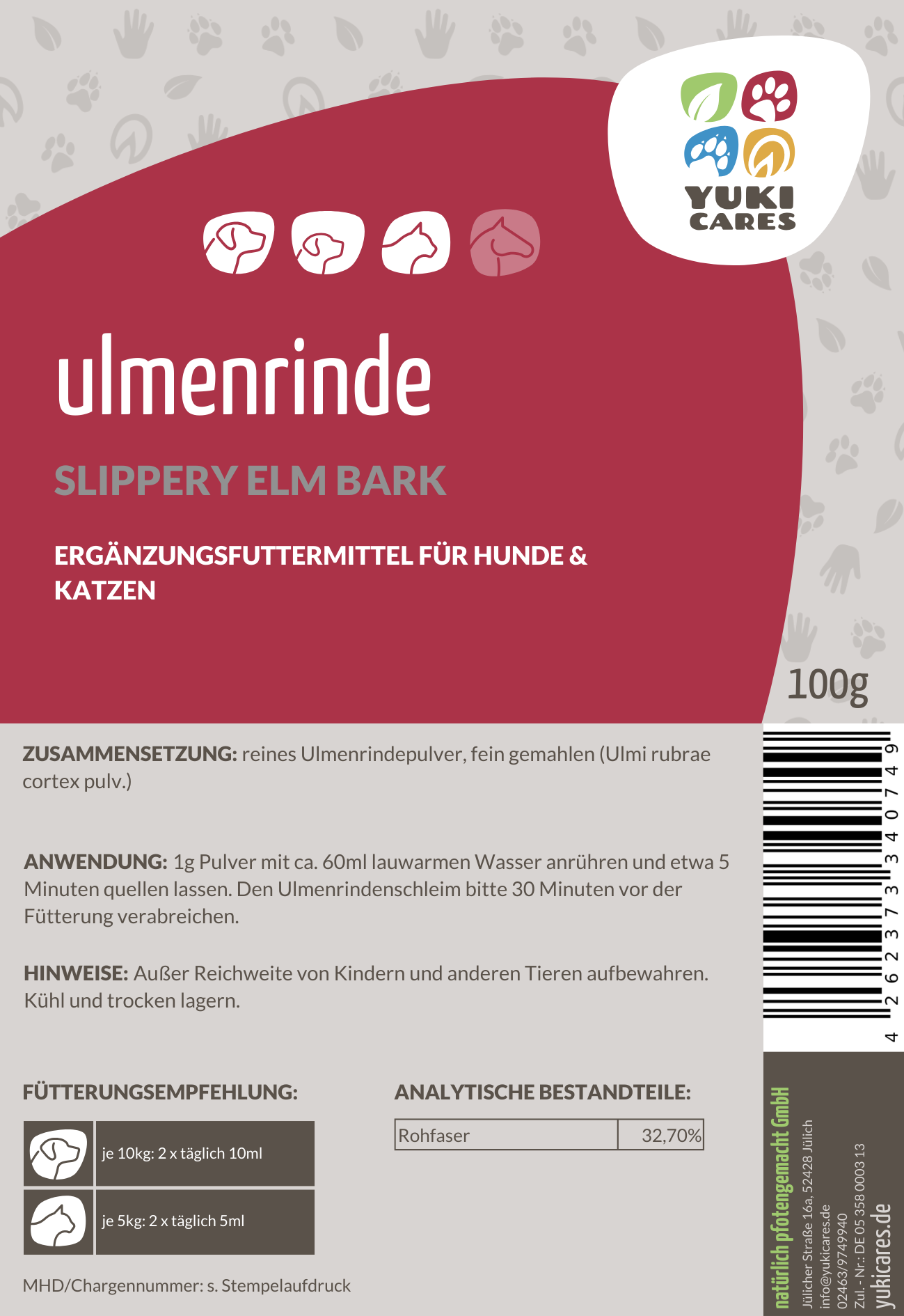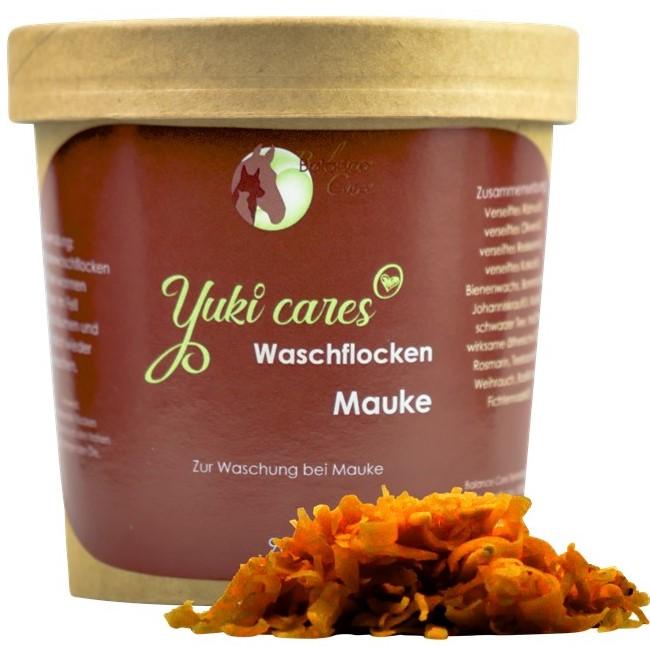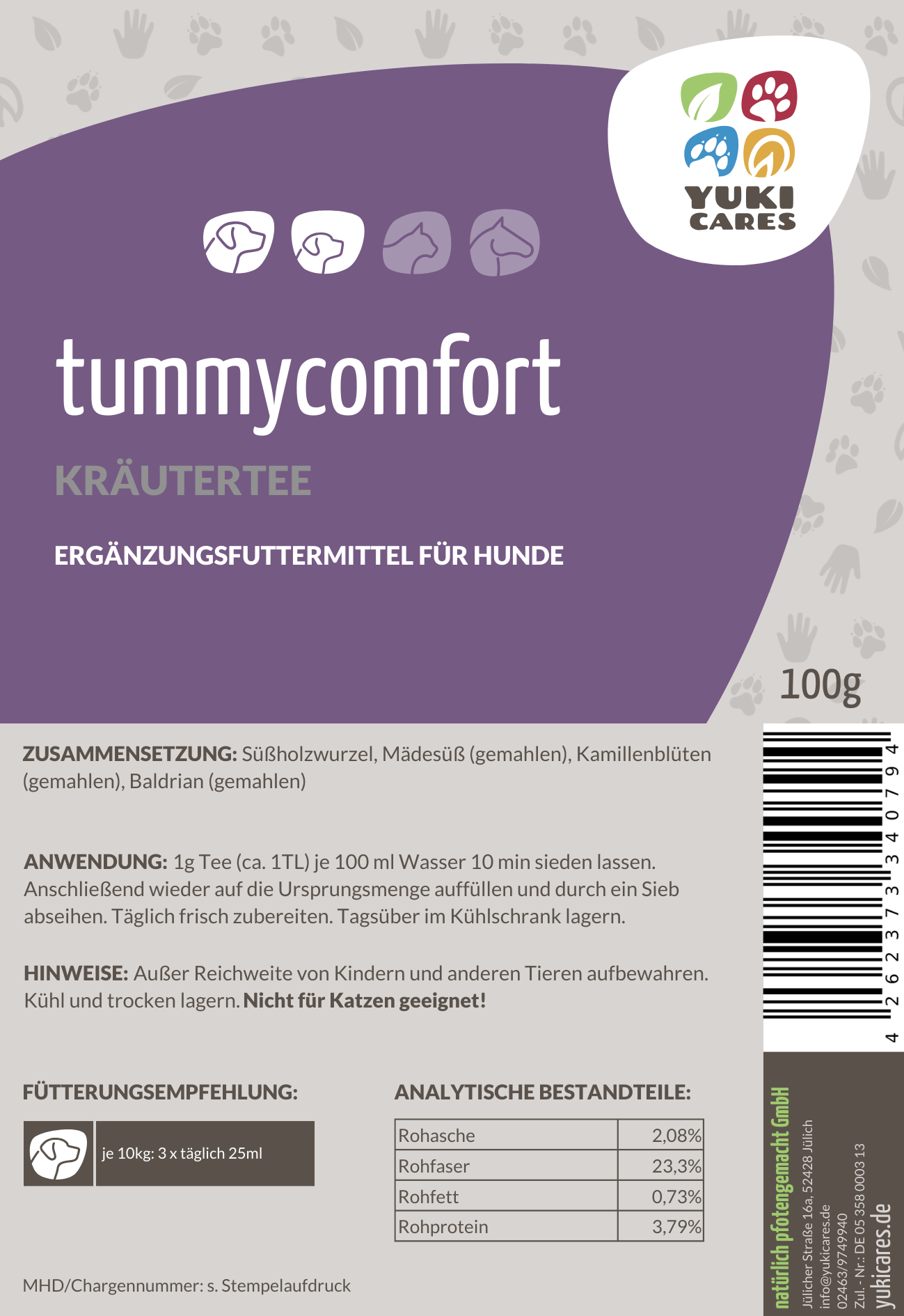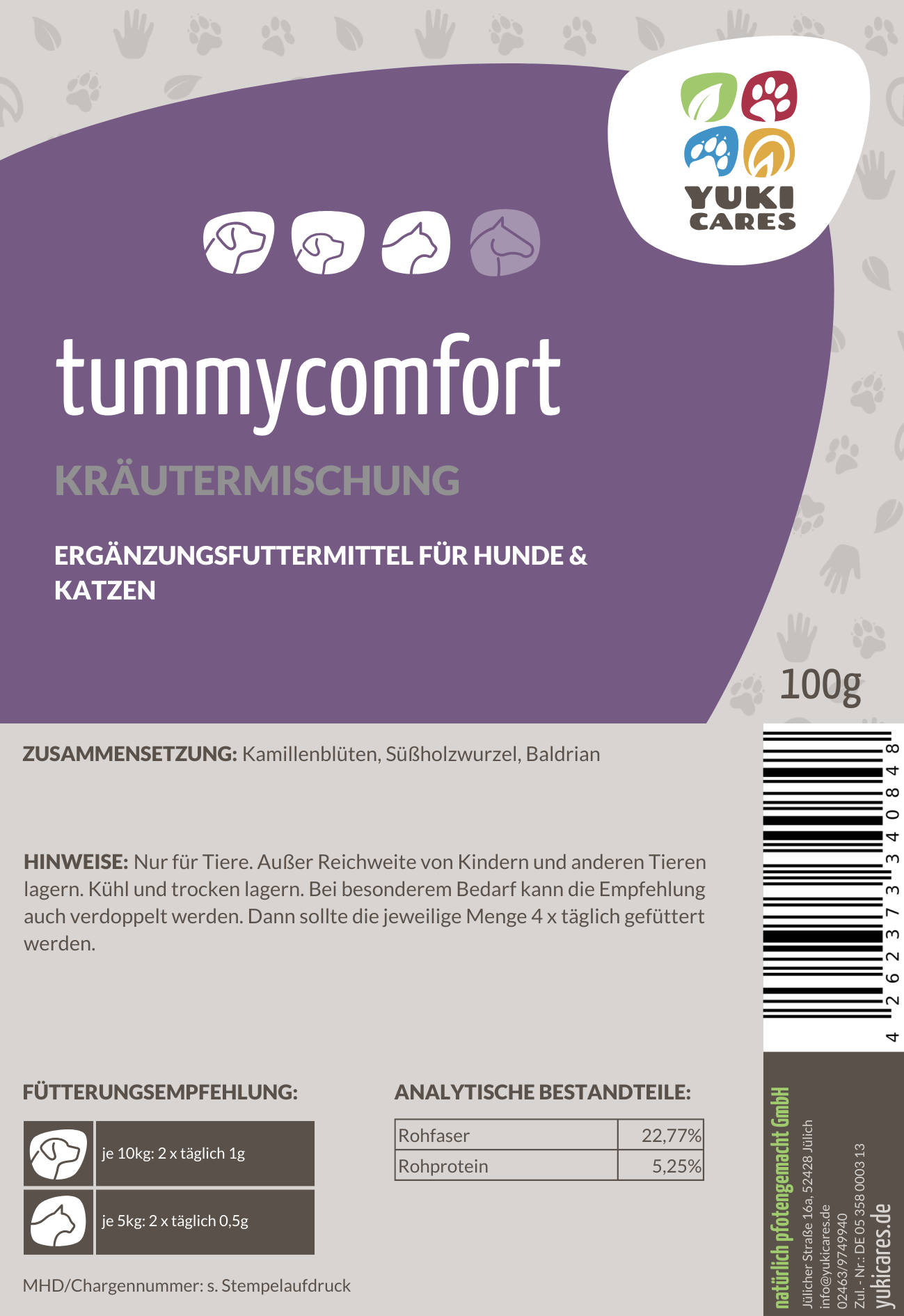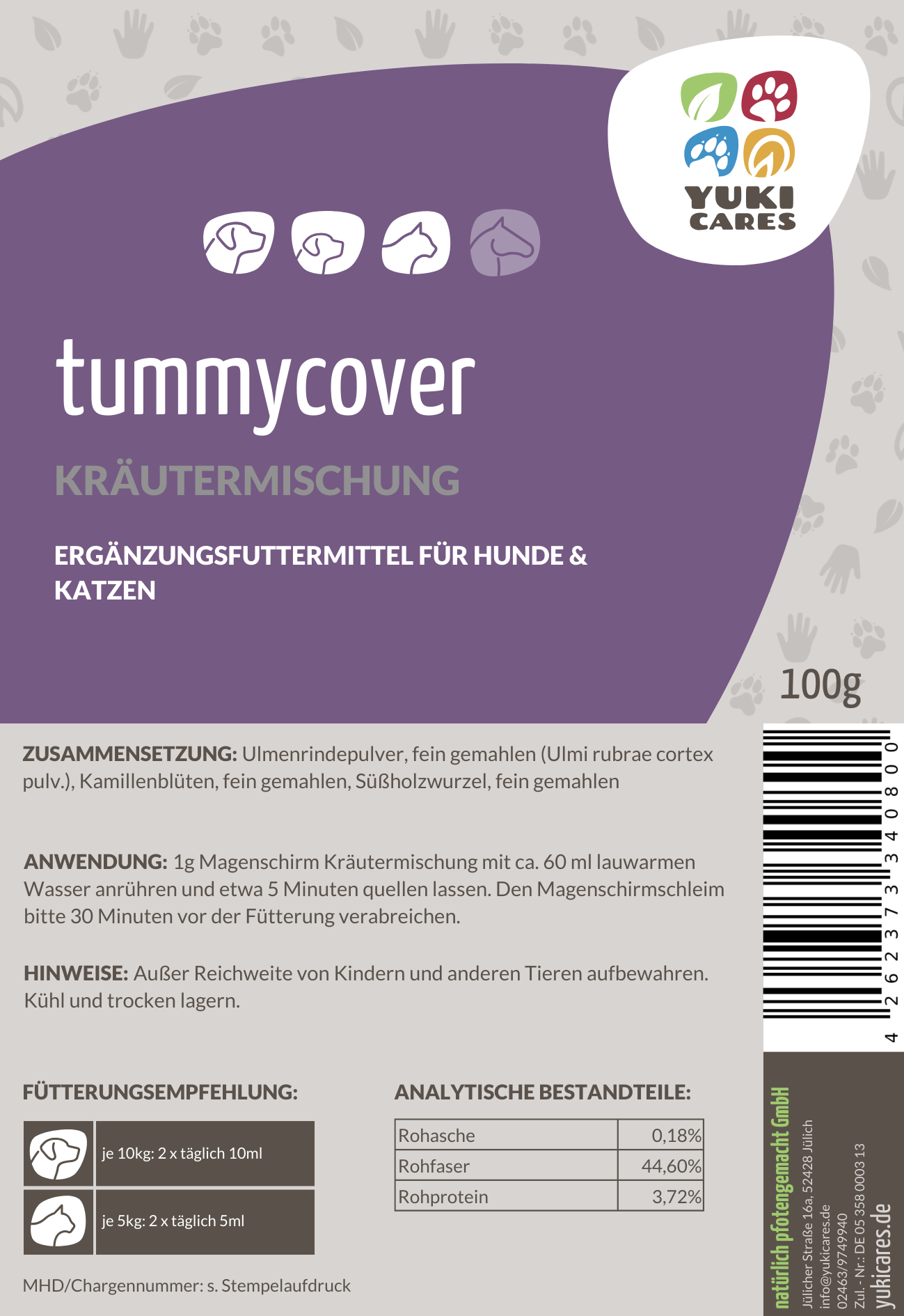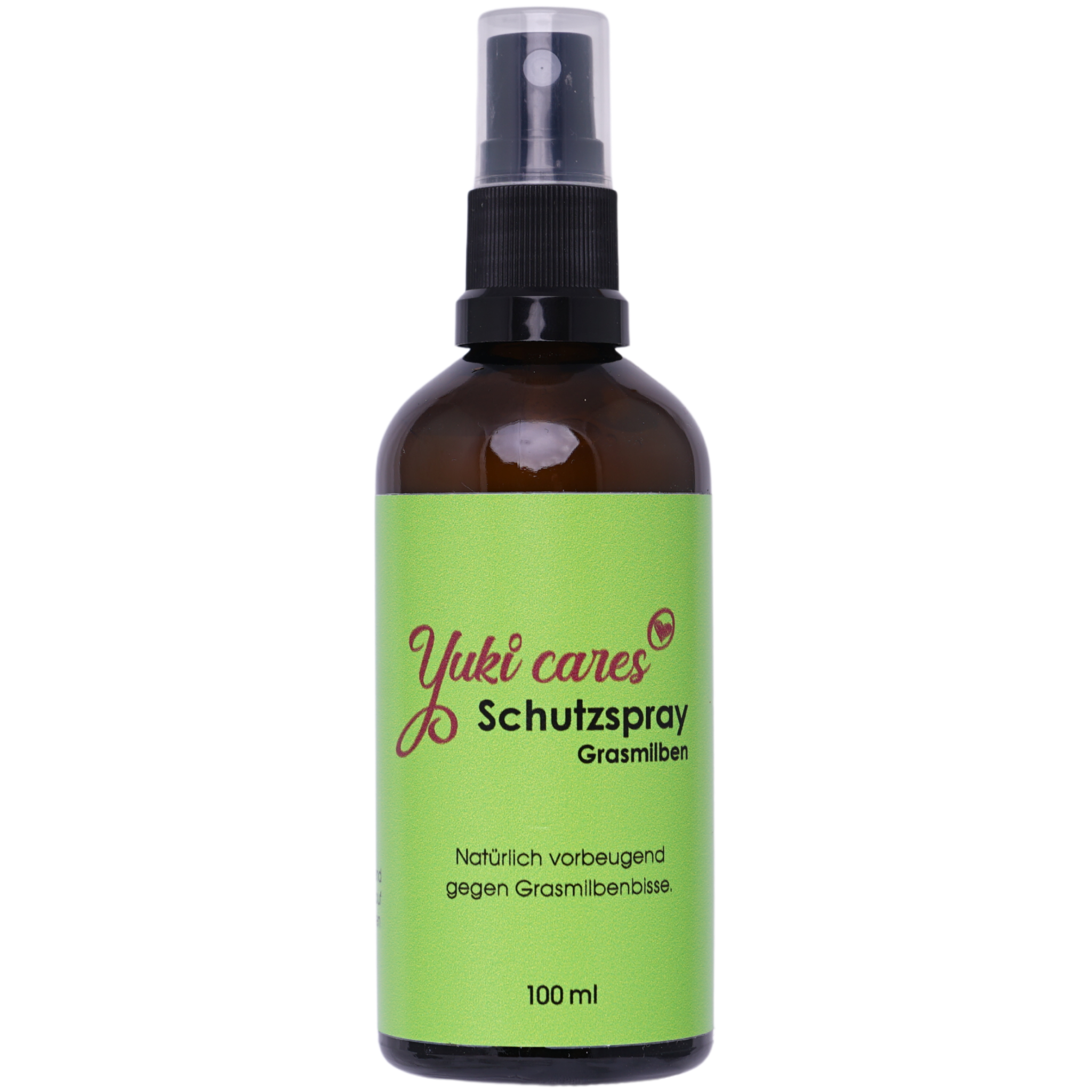As a dog owner, you want to protect your four-legged friend from all dangers. You know that poisonous plants are dangerous to your dog's health and life. Unfortunately, knowledge about the threats posed by poisonous plants in everyday life is sometimes limited. Puppies, young dogs, and "grey noses" are particularly at risk from accidental poisoning. With this guide, we want to raise your awareness of this problem. The topic is broad, and we can't provide you with complete information about all poisonous plants here. However, based on the most important facts, you have a foundation for making your home and garden safer for dogs and cats.
Which plants are poisonous to dogs and cats?
Garden plants poisonous to dogs and cats with pictures.
Houseplants poisonous to dogs and cats with pictures.
What should you do if your four-legged friend has eaten something poisonous?
Short profiles of popular poisonous plants with pictures.
Which plants are poisonous to dogs?
The toxins are the plants' defense mechanisms against predators. Some of the toxins are released into the air or become active upon contact with the plant or plant parts. The toxic substances that become active when the plant or plant parts are consumed are particularly dangerous for dogs and cats.
Trees, bushes
All cedar species belong to the poisonous category 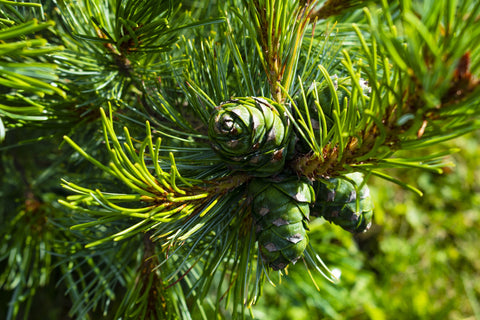 as well as various evergreen deciduous trees. They can grow wild or in gardens. They can cause skin irritation, diarrhea, vomiting, cramps, and cardiac arrhythmias. In the worst case, it can lead to the death of your pet.
as well as various evergreen deciduous trees. They can grow wild or in gardens. They can cause skin irritation, diarrhea, vomiting, cramps, and cardiac arrhythmias. In the worst case, it can lead to the death of your pet.
Flowers
 Toxic specimens can be found in cut flowers, potted flowers, and bedding plants. Not to mention the flowers in the wild. The toxic effects usually occur through the consumption of the plant and/or tubers. This can cause cramps, fainting spells, paralysis, and severe pain.
Toxic specimens can be found in cut flowers, potted flowers, and bedding plants. Not to mention the flowers in the wild. The toxic effects usually occur through the consumption of the plant and/or tubers. This can cause cramps, fainting spells, paralysis, and severe pain.
Evergreen plants
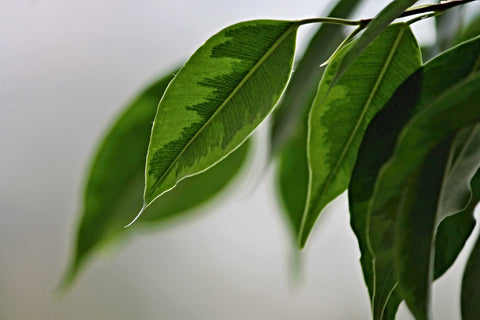 These ornamental plants are primarily used in homes. Consumption of the plant sap can cause poisoning, causing skin irritation and severe gastrointestinal disturbances.
These ornamental plants are primarily used in homes. Consumption of the plant sap can cause poisoning, causing skin irritation and severe gastrointestinal disturbances.
Various toxins
Various plants contain toxins such as solanine, atropine, and scopolamine. In some specimens, you can also find hydrogen cyanide. Various universities and poison control centers provide free information about the ingredients of plant toxins online. You can also get free advice about poisonous plants for dogs. Any veterinary practitioner who works with herbal remedies should be able to provide you with information on this!
Which plants in the garden are poisonous to dogs and cats?
Modern botany often makes it impossible to strictly divide the plant world into "indoor" and "outdoor." Some poisonous garden plants can also be found at garden centers for indoor use.
These include:
|
|
|
|
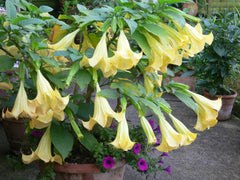 |
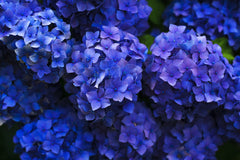 |
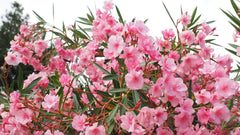 |
A blooming oasis at home is also a great joy for dog and cat lovers. For the well-being of your dog and cat, you should avoid the following plants:
|
|
|
|
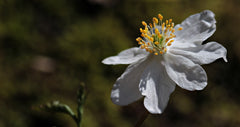 |
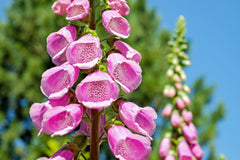 |
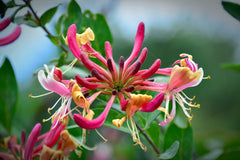 |
|
|
|
|
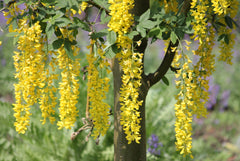 |
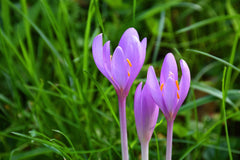 |
 |
|
|
|
( Spotted hemlock , water hemlock ) |
 |
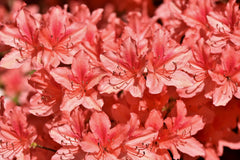 |
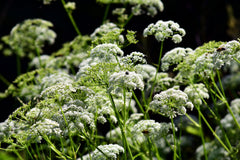 |
|
|
|
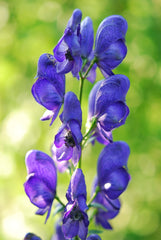 |
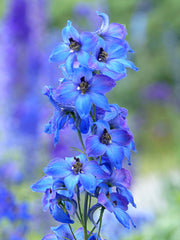 |
 We've removed the popular geranium (see cover photo) from the list of "Poisonous Plants for Dogs." The rumor that it's poisonous persists. What's certain, however, is that it's not poisonous to humans (adults, children, or babies). It even contains essential oils, which we use in our anti-parasite products. Sources disagree on whether geraniums are poisonous to dogs and cats. However, rabbits and other rodents should never consume this plant. It's toxic to these animals. Therefore, it's included here anyway, just to be on the safe side.
We've removed the popular geranium (see cover photo) from the list of "Poisonous Plants for Dogs." The rumor that it's poisonous persists. What's certain, however, is that it's not poisonous to humans (adults, children, or babies). It even contains essential oils, which we use in our anti-parasite products. Sources disagree on whether geraniums are poisonous to dogs and cats. However, rabbits and other rodents should never consume this plant. It's toxic to these animals. Therefore, it's included here anyway, just to be on the safe side.
You should definitely avoid the following plants as shade providers, privacy screens, or as green ornaments. "Wild growth" may be the culprit in your green recreation area.
|
|
|
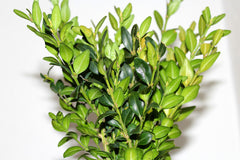 |
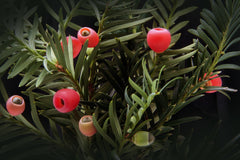 |
|
|
|
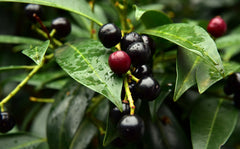 |
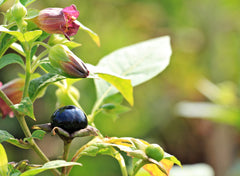 |
|
|
|
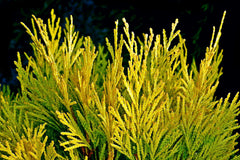 |
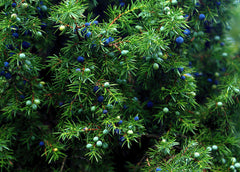 |
|
|
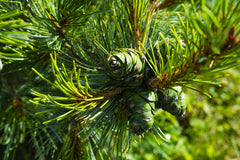 |
Which houseplants are poisonous to dogs and cats?
Surely you like having flowers or green plants in your home. When friends visit, plants (bouquets, potted flowers, or plants) are often brought for the hostess. "Floral" greetings are also common at family gatherings. Generally speaking, this is a lovely custom, and a home with a green touch is certainly more homely. Unfortunately, not all gifts are non-toxic. Your job as a dog and cat owner is to ensure that your roommates can live together safely. Specialize your "green thumb" in non-toxic plants. Below is a selection of poisonous houseplants:
Flowering plants:
|
|
|
|
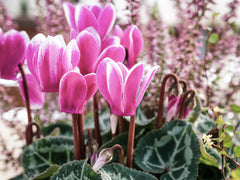 |
 |
 |
|
|
|
|
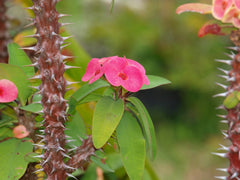 |
 |
 |
|
|
|
|
 |
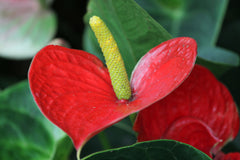 |
 |
|
|
|
|
 |
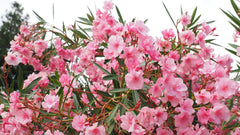 |
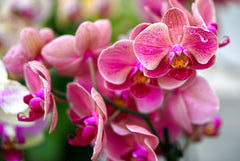 |
|
|
|
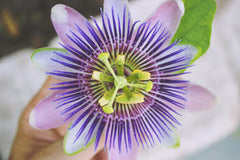 |
 |
evergreen plants:
|
|
|
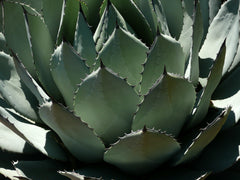 |
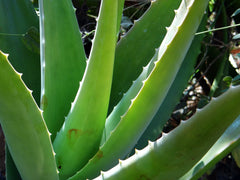 |
|
|
|
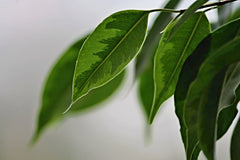 |
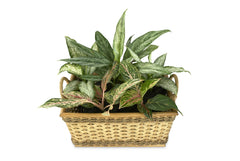 |
|
|
|
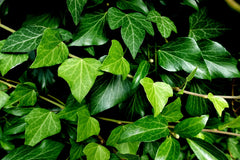 |
 |
|
|
 |
What are the typical symptoms of poisoning in dogs and cats?
Every case of poisoning has its typical appearance. They depend on the type of poison. Furthermore, the symptoms of poisoning are not always equally severe. They vary depending on the amount of poison ingested and the time that has passed since ingestion. Every dog is different, especially physically. The severity of the symptoms of poisoning depends on the dog's age (puppy, adult, or senior), breed, and size. You know your furry friend best. As soon as their behavior or condition does not fit into the usual category, alarm bells should ring. It's better to visit the vet once too often than to put their life in danger by trivializing it. Some symptoms may have causes other than poisoning. However, they are still not normal and must be investigated by a veterinarian. Below is a list of symptoms that could indicate poisoning.
Behavioral disorders:
- Coordination problems when running
- Falling down
- Staggering and swaying
- Apathetic towards the environment
Unusual body reactions:
- Bloody diarrhea and/or bloody urine
- Increased vomiting (sometimes with blood)
- Excessive salivation
- Trembling for no apparent reason
- Spasmodic twitching
Circulatory disorders:
- shortness of breath
- Mucous membranes in the mouth are discolored (pale, bluish)
- palpitations
- Increased heart rate
- Cardiac arrhythmia
- Deterioration of vital signs up to shock
- Fainting spells
What should I do if my pet has eaten something poisonous?
If your four-legged friend has eaten something poisonous, the most important thing is to remain calm. Your actions should not be hectic. You should consider and carry out the necessary steps calmly. This approach will help your pet the most.
If you catch him chewing on a plant stem, blossom, or something similar, take it away from him. Not frantically, but calmly. Young dogs in particular tend to quickly swallow the forbidden food. You want to prevent that. Offer him a trade. Once you've managed that, give him the appropriate amount of charcoal tablets* as a precaution. Take your dog to the vet and take the plant part with you. The tablets and the vet are precautionary measures in this situation, as you don't know whether the dog has already swallowed small amounts or whether the plant sap was swallowed while chewing.
Your furry friend has been busy chewing on one or more plants in the house or garden. You've noticed the results, but you were unable to prevent the disaster. It's clear that toxic parts have been ingested. Here, too, administer activated charcoal first and then take your dog to the vet. Don't forget to give the remains of the plant or similar to your veterinarian for information.
Why use charcoal tablets in these two situations? This active ingredient is the only way for dog owners to counteract poisoning. Activated charcoal, or medicinal charcoal, can prevent or delay the poison's effectiveness in the dog's gastrointestinal tract. The faster this active ingredient interacts with the toxin, the less likely the poison can penetrate the intestinal wall into the bloodstream.
These tablets should definitely be included in your dog's first aid kit. You can ask your veterinarian for the exact dosage or refer to the package insert. The phone numbers of the veterinarian, veterinary clinic, and animal rescue services should also be included in this first aid kit.
If your dog shows signs of poisoning, but the time, type, or amount of poisoning is unknown, you must take him to the veterinarian or animal hospital as soon as possible. Administering medical charcoal is not helpful in this situation. Monitor his breathing and pulse. If necessary, resuscitate your dog during transport.
In such situations, it's better to have two people. Especially if a larger dog needs to be carried into the vehicle. Depending on the symptoms of poisoning, you should wrap the dog in blankets or prevent it from injuring itself through convulsions. In some parts of Germany, there are animal rescue services that come to dog owners' homes.
To be able to successfully help your dog in such emergency situations, you should have sufficient knowledge of canine first aid. Know what normal body temperature is, as well as the normal pulse, heart rate, and breathing patterns. You should also be familiar with appropriate countermeasures. Refer to the article "General First Aid."
Poisonous plants for dogs with picture and short profile
An excerpt from the above list of the most common and poisonous plants with a short description and picture offers a little help for protecting your favorite plant.
orchid
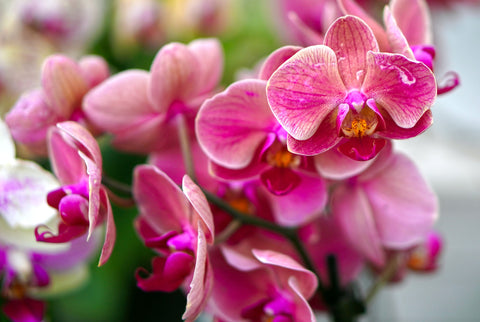 The orchid (Orchidaceae) is a plant found throughout the world. There are approximately 1,000 different genera, divided into approximately 15,000 to 30,000 species. Some orchids are used medicinally, but only specific species are used in the healthcare field. The same applies to their toxic effects. Some species are non-toxic. Therefore, it is difficult for non-botanists to determine which genus their orchid belongs to. The safety of dogs and cats should be a priority here. In poisonous specimens, either parts of the plant or the entire plant are poisonous. Consumption can cause symptoms of poisoning and be detrimental to the animal's health.
The orchid (Orchidaceae) is a plant found throughout the world. There are approximately 1,000 different genera, divided into approximately 15,000 to 30,000 species. Some orchids are used medicinally, but only specific species are used in the healthcare field. The same applies to their toxic effects. Some species are non-toxic. Therefore, it is difficult for non-botanists to determine which genus their orchid belongs to. The safety of dogs and cats should be a priority here. In poisonous specimens, either parts of the plant or the entire plant are poisonous. Consumption can cause symptoms of poisoning and be detrimental to the animal's health.
Cyclamen
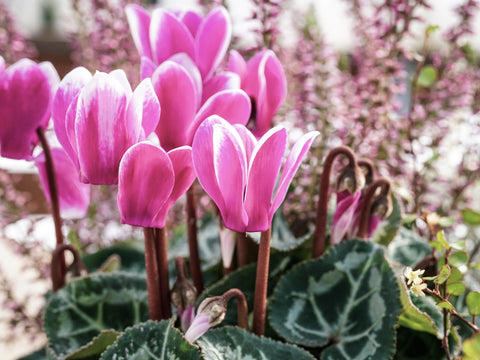 The cyclamen belongs to the primrose family. This genus includes approximately 22 species. The house cyclamen (Cyclamen persicum) has been known in Europe since the 17th century. Its native habitat is Asia Minor. The tuber is poisonous. This tuber should never be eaten in any form. Even a small portion can cause serious health problems. The cyclamen is native to southeastern Germany. There, the wild form can also pose a health problem.
The cyclamen belongs to the primrose family. This genus includes approximately 22 species. The house cyclamen (Cyclamen persicum) has been known in Europe since the 17th century. Its native habitat is Asia Minor. The tuber is poisonous. This tuber should never be eaten in any form. Even a small portion can cause serious health problems. The cyclamen is native to southeastern Germany. There, the wild form can also pose a health problem.
Lilies
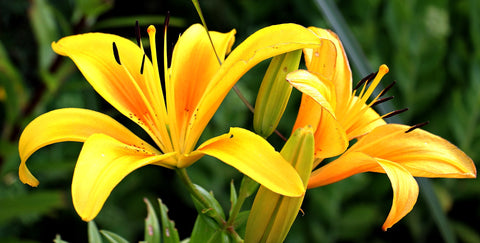 Lilies (Lilium) belong to the lily family (Liliaceae). There are approximately 125 different species. Due to their striking flowers, these plants have been popular as ornamental plants for centuries. In earlier cultures, lilies were also used as medicinal plants and as food. All parts of the lily contain toxic substances. The concentrations vary. All parts of this flower are highly toxic to cats, and poisoning can be life-threatening. Dogs experience symptoms of poisoning after consuming a certain amount. These are not life-threatening and can be easily treated.
Lilies (Lilium) belong to the lily family (Liliaceae). There are approximately 125 different species. Due to their striking flowers, these plants have been popular as ornamental plants for centuries. In earlier cultures, lilies were also used as medicinal plants and as food. All parts of the lily contain toxic substances. The concentrations vary. All parts of this flower are highly toxic to cats, and poisoning can be life-threatening. Dogs experience symptoms of poisoning after consuming a certain amount. These are not life-threatening and can be easily treated.
Cherry laurel
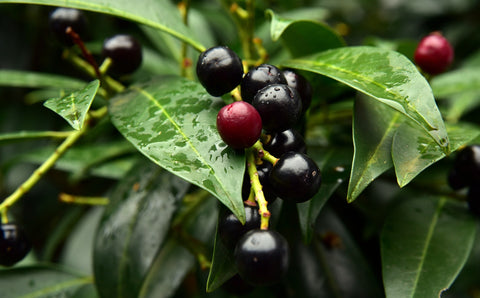 The cherry laurel (Prunus laurocerasus or Laurocerasus officinalis) is also known as the Pontic cherry laurel or cherry laurel. The plant belongs to the rose family (Rosaceae). It is often used in parks and gardens as a frost-hardy ornamental shrub. In 2013, this plant received the "Poisonous Plant of the Year" award. Essentially, all parts of the cherry laurel plant are poisonous. The leaves and seeds contain cyanogenic glycosides (hydrogen cyanide).
The cherry laurel (Prunus laurocerasus or Laurocerasus officinalis) is also known as the Pontic cherry laurel or cherry laurel. The plant belongs to the rose family (Rosaceae). It is often used in parks and gardens as a frost-hardy ornamental shrub. In 2013, this plant received the "Poisonous Plant of the Year" award. Essentially, all parts of the cherry laurel plant are poisonous. The leaves and seeds contain cyanogenic glycosides (hydrogen cyanide).
Thuja (tree of life)
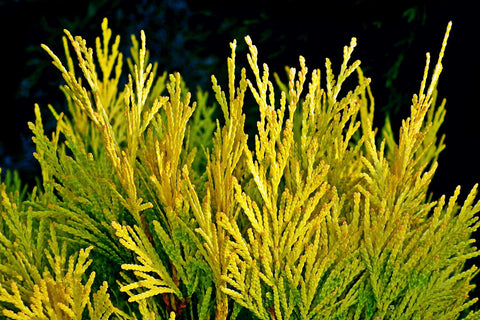 Thujas (Thuja) or arborvitae belong to the cypress family (Cupressaceae). Within this family, they are classified as pines (Pinales). These arborvitaes are often used as hedges in parks and private gardens. The branch tips, cones, and wood contain high concentrations of essential oils. The mixture of thujone and camphor is particularly toxic. This toxin can cause skin irritation. Consumption can result in fatal poisoning. Throwing sticks containing arborvitae wood can cause life-threatening poisoning in dogs.
Thujas (Thuja) or arborvitae belong to the cypress family (Cupressaceae). Within this family, they are classified as pines (Pinales). These arborvitaes are often used as hedges in parks and private gardens. The branch tips, cones, and wood contain high concentrations of essential oils. The mixture of thujone and camphor is particularly toxic. This toxin can cause skin irritation. Consumption can result in fatal poisoning. Throwing sticks containing arborvitae wood can cause life-threatening poisoning in dogs.
Boxwood
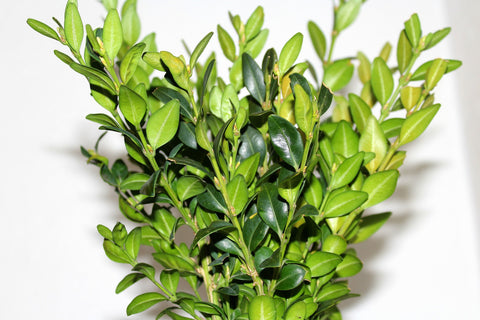 The common boxwood (Buxus sempervirens) belongs to the boxwood family (Buxus). It is also known by the names boxwood and box. The boxwood is native to Europe (southwest and central), North Africa, and Western Asia. It is particularly popular as an ornamental plant in gardens and parks. All parts of the plant are poisonous. The boxwood contains 70 alkaloids. In earlier centuries and in ancient times, this plant was used medicinally. Today, boxwood is rarely used in medicine. Dosage is difficult due to its toxicity. The alkaloids present are toxic to dogs and cats.
The common boxwood (Buxus sempervirens) belongs to the boxwood family (Buxus). It is also known by the names boxwood and box. The boxwood is native to Europe (southwest and central), North Africa, and Western Asia. It is particularly popular as an ornamental plant in gardens and parks. All parts of the plant are poisonous. The boxwood contains 70 alkaloids. In earlier centuries and in ancient times, this plant was used medicinally. Today, boxwood is rarely used in medicine. Dosage is difficult due to its toxicity. The alkaloids present are toxic to dogs and cats.
Text by Textbroker / Pamina 2
Images by Pixaba
This text contains affiliate links (*)
Through these links, we recommend certain products and may earn a commission. The products don't cost any more, we promise.
If you would like to be regularly informed about new blog articles, simply sign up for our newsletter below!


